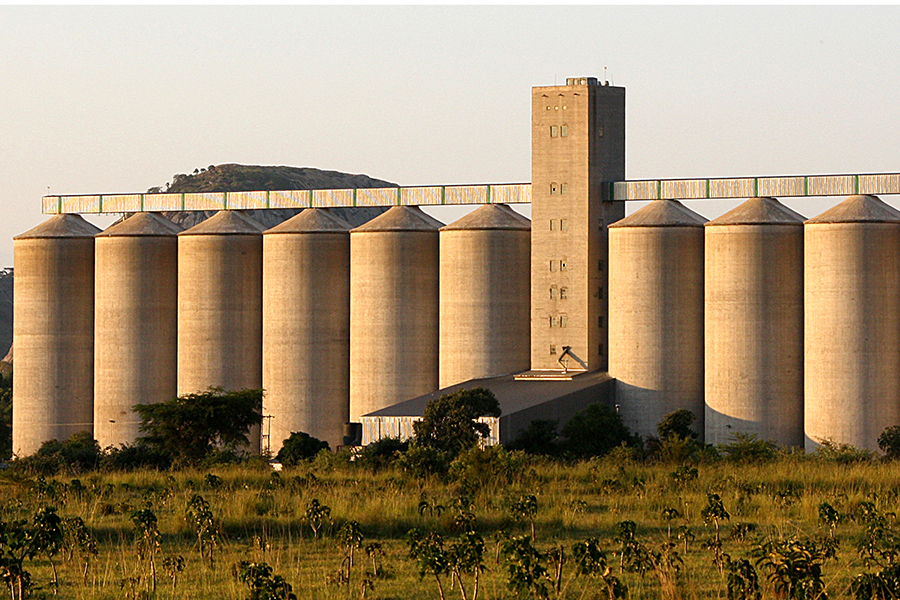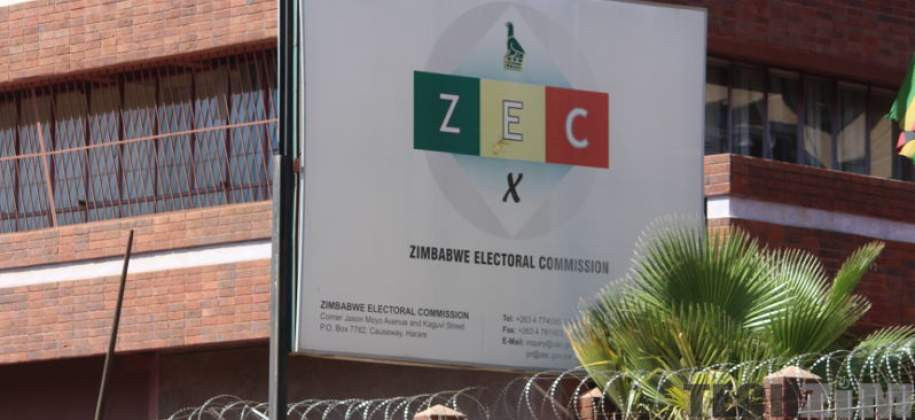
Tatenda Nyakufuya ex-banker A FEW weeks ago, the Grain Millers Association of Zimbabwe announced that it would be purchasing up to 400 000 tonnes of grain from neighbouring countries, namely Zambia and Malawi, this year. This was in spite of earlier projections that the harvest from the last farming cycle would have been sufficient to cater for all the nations human and livestock needs.
It was with a mixture of shock and awe, that the Grain Millers chairman announced that he was “pleased” to be importing maize. Perhaps if there had been a drought across the region, it would have been understandable.
However, Zambia and Malawi are in very close proximity to us and we share more or less the same rainfall patterns and climates. How the country ended up importing grains, a traditional forte of farming, from its regional peers raises inherent questions that ought to be inspected.
It is an established fact that the Zimbabwean climate is conducive for grain production. Over the years, the country has been able to grow enough grains and even have a surplus which has been used for reserves and export processes. Unfortunately, there has been a steady decline in the size of the country’s yield over the years save for the 2017 season where there was a special programme.
It is difficult for individual farmers to participate in international markets as they may not be able to meet the minimum purchase size orders required by grain trading exchanges.
With this in mind, way back in 1931 the predecessor of the GMB, the Maize Control Board was formed. It was a good development back then in the 1930’s but the set-up of the institution can no longer meet the needs of the 2020s.
The official website of the GMB states that their mandate was to have a “responsibility to accord local maize producers their fair share of the local and export markets and also to provide them with a guaranteed outlet for their excess maize produced.” It indeed was a noble goal but over the years the grain behemoth has morphed into a different creature where the pleas of the farmers to get a fair share for their produce have largely been ignored.
Markets are generally efficient in establishing true prices for goods. There are several exchanges across the world that trade specifically in grains. This then forms what is referred to as an international price for a specific product or commodity. One of the closest international grain exchanges we have in the country is the South African Futures Exchange (Safex). A futures exchange in a nutshell, deals with contracts to be delivered at a certain date in the future. If you grow your grains on a specific date, you know when you will harvest, so there are always different dates for delivery on exchanges based on the projected harvest dates.
- Chamisa under fire over US$120K donation
- Mavhunga puts DeMbare into Chibuku quarterfinals
- Pension funds bet on Cabora Bassa oilfields
- Councils defy govt fire tender directive
Keep Reading
The current price of white maize, which is the main product we also grow here, is around ZAR4 450 a tonne, an equivalent of about USD290. It is what the local farmers will be demanding when they request for fair pricing. It also is roughly the price the Grain Millers Association will pay when they import maize into the country.
For a country battling intense foreign currency shortages, it is a mini-fortune. Local farmers have the capacity to grow the maize and be paid in local currency for as long as the pricing is fair. However, that is not the current case. The GMB enjoys a monopoly in the purchase of the main grains in the country. It is illegal to sell maize to any person or entity other than the GMB. The flip side to it is that the GMB also calls the shots on not only the price they will pay, but also when they will pay as well. This leaves the local farmer exposed to the muddle of the falling exchange rate.
The current GMB purchase price of about ZWL$58k per tonne, which is anything from $111 to $180 depending on the rate used, falls far below the international price and is not conducive for farmers to continue farming.
It therefore is surprising that authorities are prepared to pay more to offshore farmers who are already doing well, and then pay a pittance to local farmers who are struggling to earn a living. Worse still, farmers face uncertain cash flow challenges as they never know the actual dates of payments and in business, cash flows are everything.
This pricing and payment pattern discourages the farming of grains which are crucial to the country.
It is common knowledge that the local currency is highly unstable. Unfortunately, the adjustment of GMB prices is not fluid enough to reflect this reality. The prices are set and maintained for periods that are way too long and not linked to the prevailing conditions on the ground. An inflation indexed price mechanism would probably do well if the set-up were to be maintained. If farmers were to get value based on prevailing market rates, then a huge boulder on their backs would be removed.
The situation might be too late though to start introducing changes to this behemoth that is proving to be a hindrance to the production of crops. Drastic solutions such as removing the function of commercial activity and concentrating the functions of GMB as a core strategic reserve unit are probably best. For as long as the monopoly exists, it will remain prone to the vices of greed and corruption.
There have always been stories told in hushed voices about the corruption at the institution that render it ineffective to carry out its duties in top notch form.
There have been stories of guards being bribed to log in higher than actual tonnages due to a lack of electronic recording equipment at depots, stories of in and out book entries without actual deliveries particularly when they had an atrocious pricing system where their selling rate was lower than the buying rate, stories of mismanagement and gross incompetence, stories of maize and inputs being stolen under the guise of instructions from “big-names” in society.
The stories are endless and would take days to explore. They are not without substance though, for as they say, there is no smoke without a fire.
Dismantling the GMB monopoly and opening it up to private players will present benefits far better than the challenges that are threatening to torpedo the GMB into a hunger institute.
Private players would be able to pre-fund farmers who always struggle with cash for inputs and encourage the farming of grains country-wide. This would actually lessen the subsidy burden on government as they would not need to provide inputs for a big proportion of farmers. Farmers would become self-reliant, a condition they are unable to achieve at the moment due to the low producer prices being offered by the GMB which lock them into a perpetual cycle of poverty.
Farming is big business. If the output levels improve with farmers getting a fair share of prices, then we could actually produce a surplus and add maize into the basket of exports thereby generating more foreign exchange and lifting the pressure off the demand for the scarce resource.
With farmers having more income, then they will be able to improve the industrialisation levels on their land and be able to yield more than they currently are. In addition, once private players are able to participate, we could move into contract farming throughout the year using irrigation moving towards the dream of real bumper harvests.
The beauty of markets is that once there is an improved supply of the commodity, then prices would actually fall thereby eliminating the illegal side-marketing activities that are currently ongoing.
However, this is only possible, if we face the reality that it is time to get rid of the albatross round our necks in the form of GMB.
Nyakufuya is a businessman and former banker











